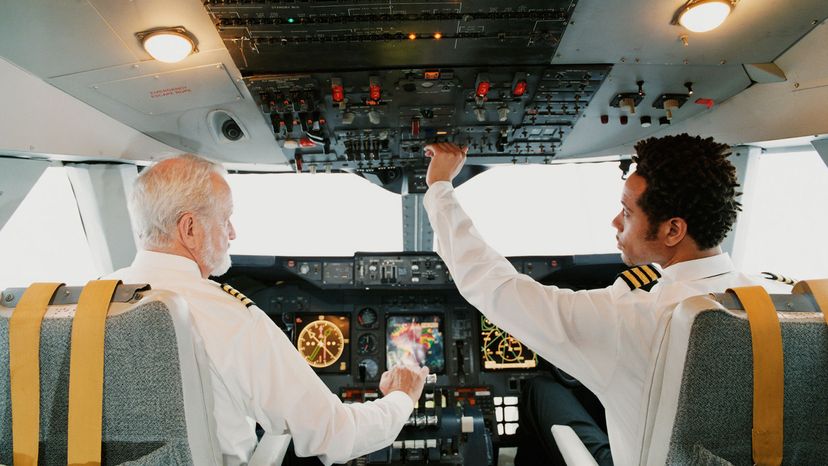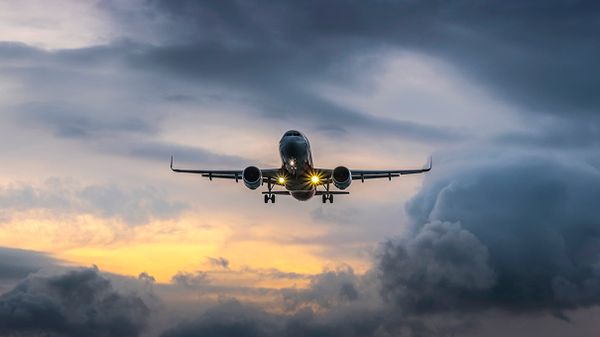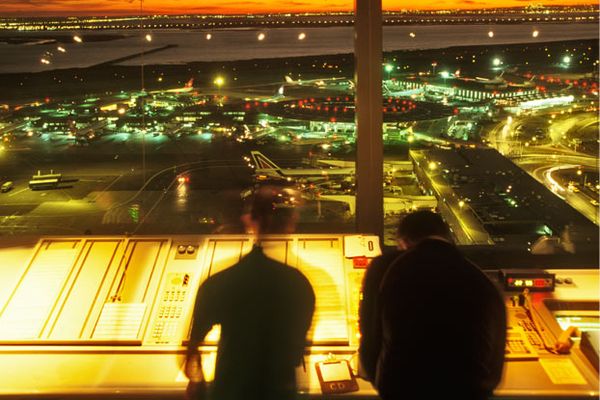
You've just started the first leg of an international flight and your flight's been delayed. But as you taxi to the runway the pilot's voice booms over the intercom, giving you fresh hope that you'll make your connection – because she says she may be able to make up lost time during the trip.
But how in the world do commercial airline pilots "make up" for lost time when they know their flight is running behind? Are they pressing extra-hard on the accelerator?
Advertisement
There are actually a number of ways that pilots can turn back the clocks and get you and your fellow passengers to your next stop on time. Spoiler alert: None of them involve weird sci-fi wormholes or "Top Gun" scene reenactments.
When pilots need to catch up on their schedules, they must first alert air traffic control (ATC) regarding the situation. ATC, of course, provides guidance and direction for all flights to ensure maximum safety and efficiency, and without their go-ahead, your pilot simply can't do anything to make the flight more expeditious. When ATC and pilots coordinate, they may find some wiggle room in the flight plan.
Understand that flight plans are rarely straight lines from Point A to Point B. Instead, they're a series of waypoints that guide the plane along to its destination. By omitting a waypoint or two, called "direct routing," the pilot might be able to shave several minutes from a flight plan.
Jim Cox is a retired US Airways pilot who now operates an aviation safety consulting company called Safety Operating Systems. In an email interview, he said route adjustments are common in the industry. "ATC has preferred routing out of and into large cities. They require that routing be the filed flight plan routing; depending on traffic ATC may approve a request to shorten the flight path between navigation waypoints," he says.
Consequently, this means that with shorter flights there isn't much a pilot can do to save time – longer flights are a better bet for pilots that need to make up time.
Advertisement

